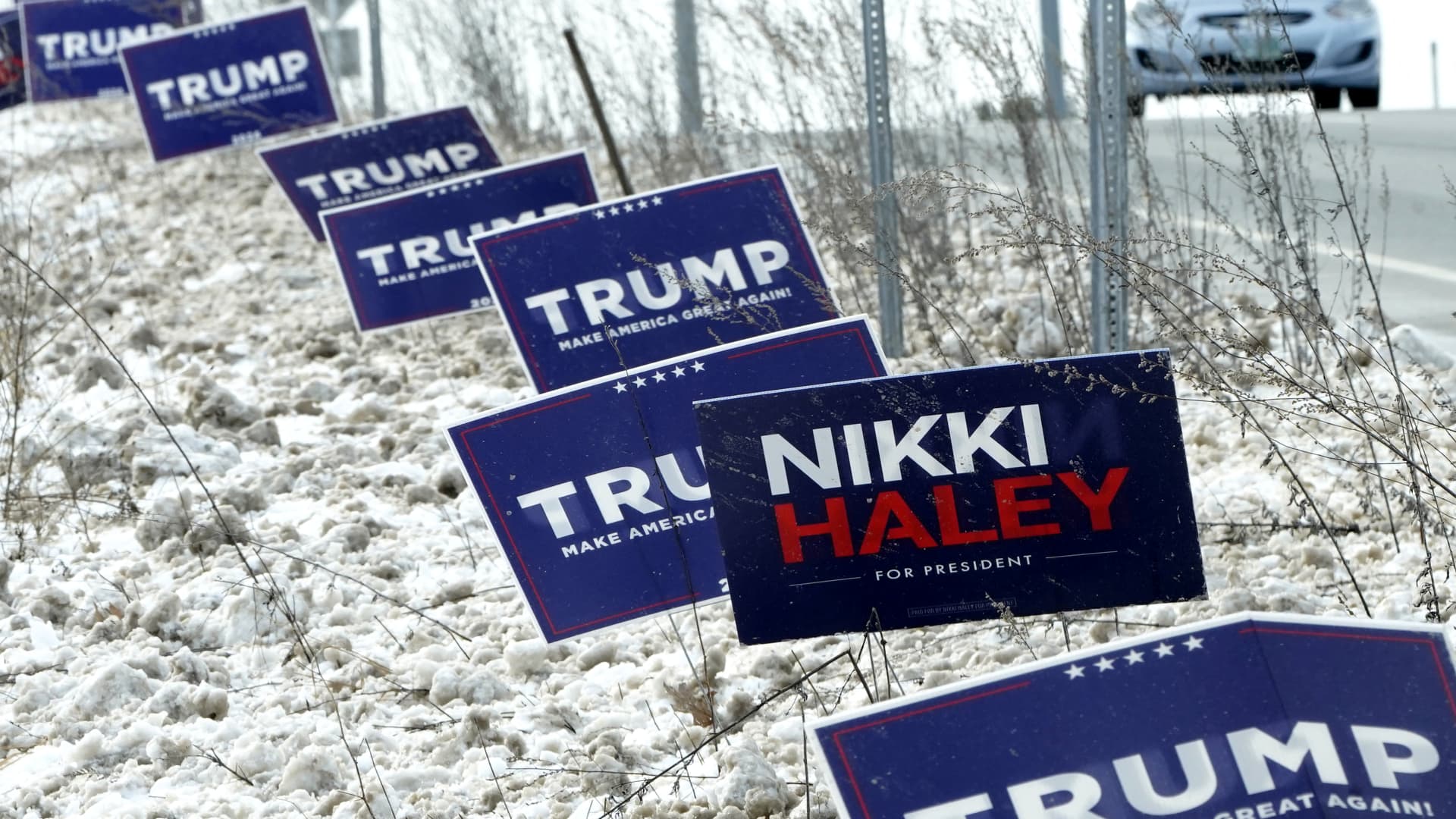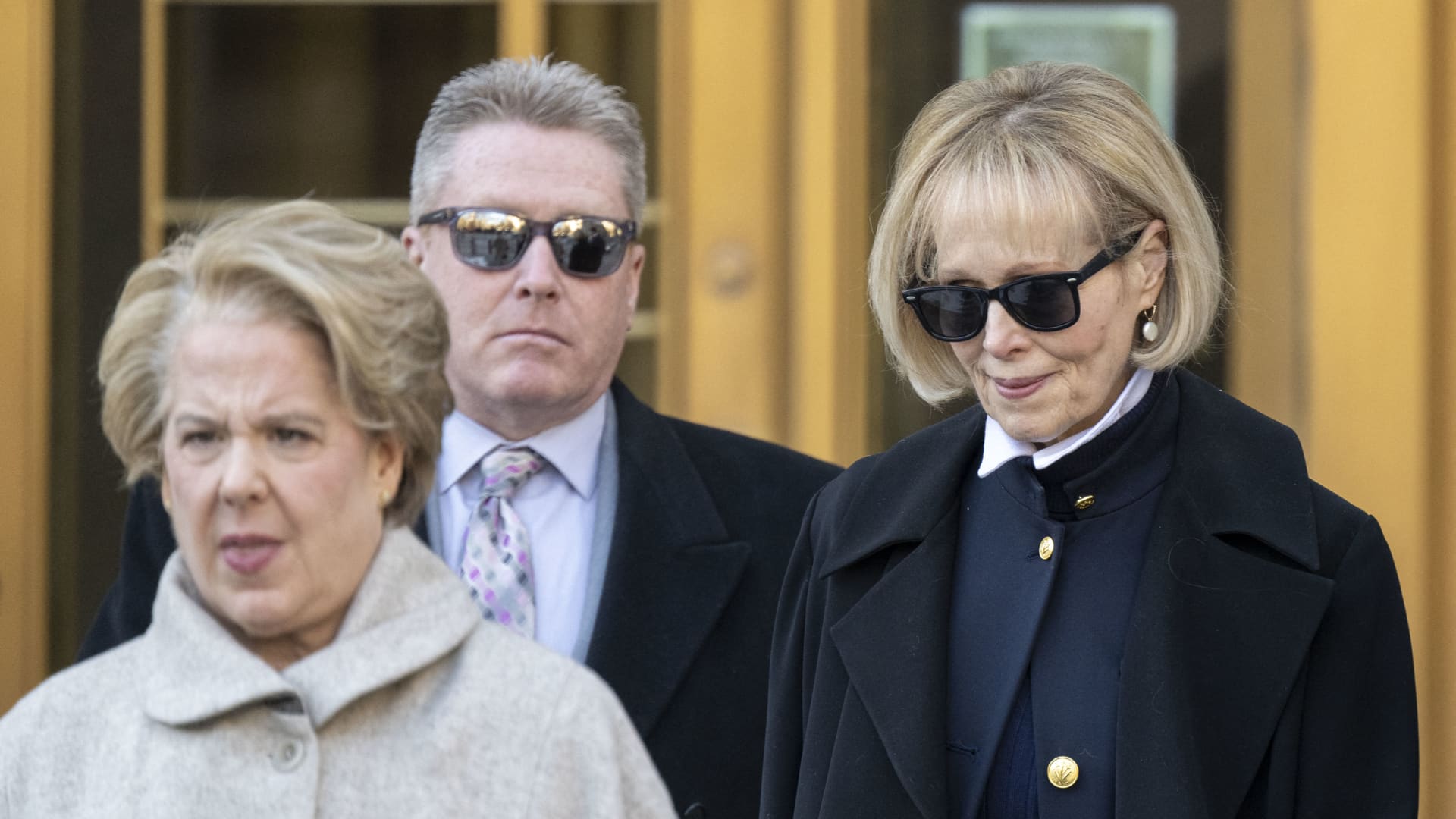[tdc_zone type=”tdc_content”][vc_row][vc_column width=”1/1″]
Trending Now
POLITICS
What to Watch in the New Hampshire Primary
Follow our live updates on the New Hampshire primary.New Hampshire voters head to the polls on Tuesday for the first presidential primary of the...
BUSINESS
ECONOMY
SPORTS
Cowboys owner Jerry Jones has to take a paternity test
Photo: Getty ImagesDallas Cowboys owner Jerry Jones will be forced to take a paternity test as part of an ongoing legal...
HEALTH
Butterfly Network secures EU MDR certification for Butterfly IQ+ products
Digital ultrasound company Butterfly Network has achieved EU MDR certification for the Butterfly IQ+ ultrasound system, allowing the company to release its offerings...
TECHNOLOGY
INSURANCE
MOST POPLULAR
Nick Saban retired, so why is he acting like he was...
For those of us who hoped Nick Saban retiring would be the end of Nick Saban, this idle/jilted version of him might be...




































